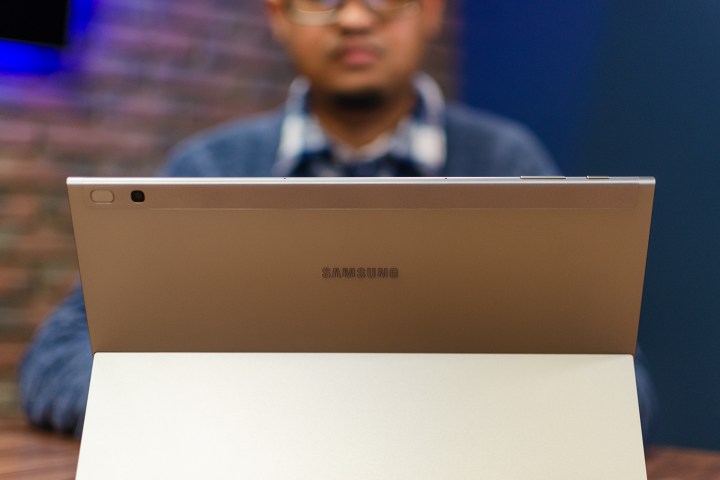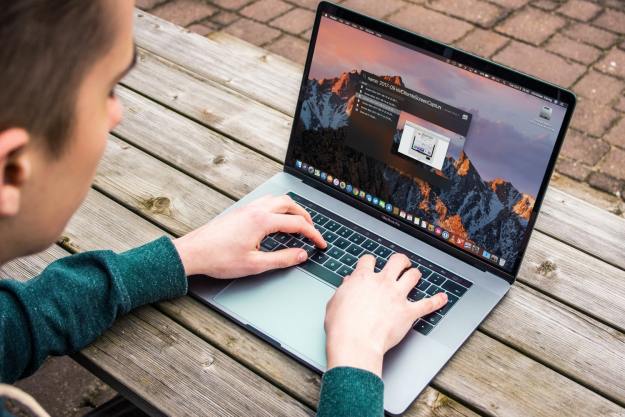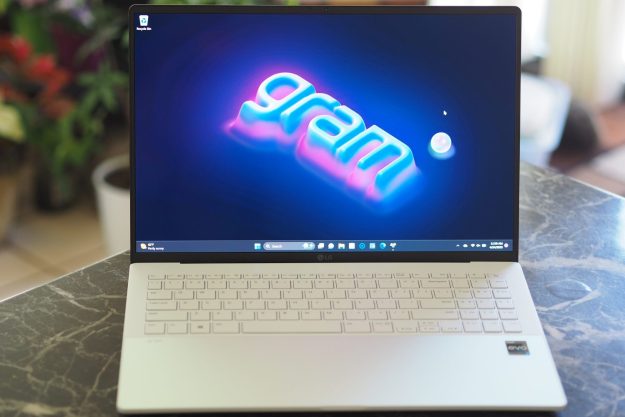
LTE laptops are on the rise. Whether powered by Intel or Qualcomm, they seem destined to be the “next big thing” in laptops. This new breed of 2-in-1 laptops come with all sorts of advantages: All-day battery life, instant-on capabilities, and high-speed internet connection anytime and anywhere. It’s hard not to see the big promises and capabilities, and we’ve already pondered about the potential.
But what is it really like to live with always-connected PC today? Well, I sought out to discover that myself. Armed with Verizon LTE service bundled onboard the new Samsung Galaxy Book 2, I took my laptop all over New York City to see if life on LTE was really all that convenient.
Internet anywhere. Almost
Like most New Yorkers, I find myself trapped in a moving train every morning and trying to make use of time before getting to the office. Phone tucked away in my pocket, the LTE-enabled Galaxy Book 2 was my new go-to device for my commute. Eager to flex the muscles of this always-connected laptop, I whipped it out and quickly moved on to answering emails and Slack messages. I enjoyed the bountiful Windows 10 productivity, happy to not be doing it on my phone instead.
That all sounded great, except for one thing: I didn’t actually need the LTE. All subway stations in New York City already have Wi-Fi connections. With the touch of a button and visit to a webpage in Windows 10, I could have just as easily connected to Wi-Fi instead of using LTE. I have a feeling many other public transportation systems are similar.

Even still, I continued on. To my disappointment, my connection to the internet wasn’t foolproof. I still experienced random disconnections due to the subway tunnels not yet being fully wired for LTE or internet service. While I was able to temporarily enjoy the internet when the train was in a station, the constant LTE dropouts in between stations proved a bit frustrating when trying to get work done on the go during my commute in the morning.
My dream of working on the subway was shattered. Of course, that’s just me, in one specific situation.
Most times, I could have just as easily connected to WiFi on the Galaxy Book 2 instead of using LTE
It’s not hard to imagine a scenario where an LTE laptop could be valuable. For instance, a salesperson could be able to use such a device on the go while working on an Amtrak train between NYC to Boston during a short business trip. A parent can also use an LTE laptop to stay connected to the office when at a child’s school event like a swimming lesson or soccer practice. You could even take your work to a park, all while staying connected.
For me though? I used it much less than I thought it would.
Security could be the killer feature
While checking up on work emails and messages from underground in the subway proved somewhat problematic for me, working from a coffee shop was a different story. This is one of the biggest strengths of LTE laptops. It allows for very secure connections to the internet in (above ground) public places where smartphone tethering or Wi-Fi connections would be the usual options.
When sitting at my local coffee shop and checking in on my credit card statements, I felt secure and confident in everything I was doing on my Galaxy Book 2. Hackers can easily manipulate public Wi-Fi to steal data and spy on their victims. My LTE connection, on the other hand, was independent of anyone sitting nearby, and I never had to once worry about someone hijacking the sensitive information stored on my device.

Usually, most people would try pairing their phone to their computer in order to share an LTE connection whenever Wi-Fi is hard to come by. Having a dedicated LTE connection on the Galaxy Book 2, I wondered how much faster the integrated LTE can be over mobile tethering.
Sitting in a local coffee shop, the Verizon LTE netted me download speeds of speeds of 9.50 Mbps and upload speeds of 8.36 Mbps, slightly slower than I hoped. That was still slightly faster than the speeds from mobile tethering, which netted me 3.68 Mbps download, and 11.01 upload.
LTE plans can get quite expensive, especially if opting for a plan with the most data available.
I also felt the speed difference when switching between the two. When tethered, certain web pages were slightly slower to load, especially image-and video heavy sites. Once free of tethering, and on LTE, web pages loaded almost instantaneously, with little to no wait time.
Just as on Wi-Fi, LTE was even fast enough to download Windows Updates, and a few apps and games without worry or long waits. As another benefit, there also was no need to think about my phone battery dying out— a very important thing for getting through the workday.
A high price for a small comfort
As with everything else relating to technology, pricing comes first. LTE laptops might offer up plenty of benefits, but the overall cost might be too high to pay for some consumers.
In addition to paying the price for the hardware, there’s also the cost of the cellular data. 4G LTE plans can get quite expensive, especially if opting for a plan with the most data available. That is something most people might want to do anyway, especially since basic plans will throttle usage to slower speeds.
For instance, Verizon currently offers connected device plans for iPads and other tablets with as little as 2 GB a month, or as high as 100 GB a month. Prices start at $20 for 2 GB, or a crazy high $710 for 100 GB of data. You’ll also find midrange plans, like $16 GB for $90 a month or 12 GB for $70 a month.
AT&T offers up a DataConnect plan for LTE tablets and Notebooks. For $50, you’ll get 10 GB of data on its network with a $25 overage fee for each additional 10 GB. Other pre-paid plans are also available, but are more aimed towards iPads and tablets, and not Always Connected PCs. That’s bound to change in the future, but as of now, it’s far too expensive.
The world isn’t ready
At the end of the day, living with LTE-connected laptops didn’t leave a big impact on the way I use my laptop. Yes, they do offer conveniences and security in public places, and that’ll be enough to convince some people.
People tend to use their laptops most at work, at home, and at coffee shops — all places with Wi-Fi already readily available. That could change as LTE
It also might help if Gigabit LTE or 5G LTE become the faster, more affordable viable option compared to traditional Wi-Fi. If there’s a serious difference between the two, that could also play into changing people’s perceptions about when to use their laptops.
Until we see some of those changes, LTE laptops will remain a second-hand option for a small group of people.
Editors' Recommendations
- I can’t wait for ARM-based gaming laptops
- I’m a laptop reviewer, and I can’t wait for the new Windows on ARM laptops
- I tried the world’s lightest 14-inch gaming laptop — here’s what surprised me
- I’m a laptop reviewer. Here’s why I still use a laptop from 2021
- I review laptops for a living, and these are the settings I change on every device




